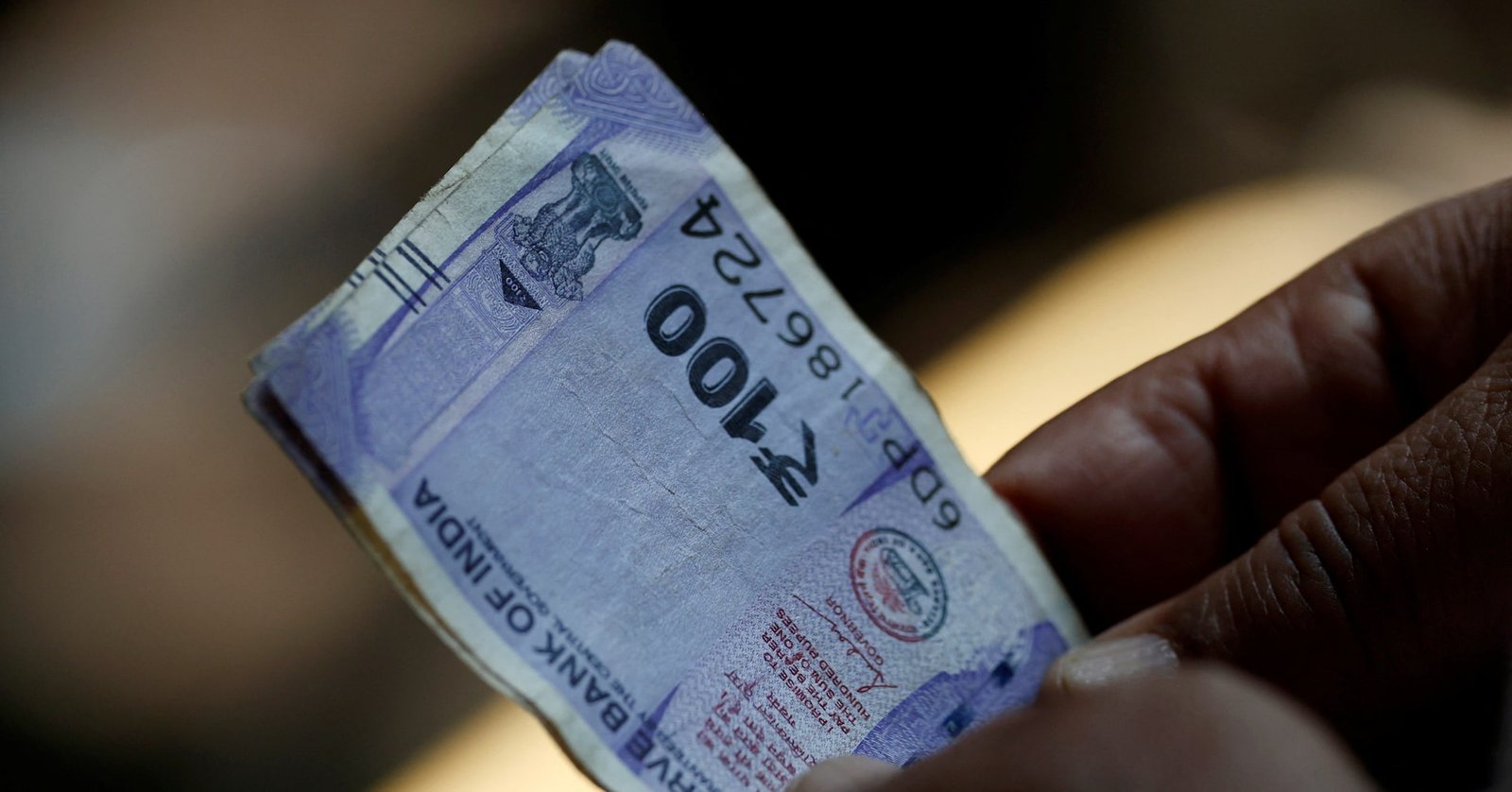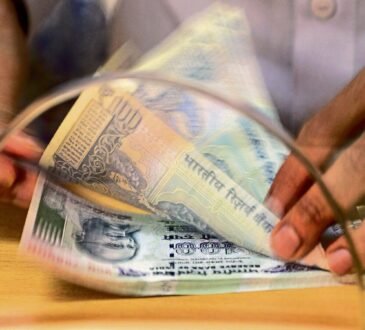MUMBAI, July 12 (Reuters) – The Indian rupee was marginally higher on Friday after a soft U.S. inflation reading boosted hopes of rate cuts by the Federal Reserve and drove U.S. bond yields lower which also helped lift dollar-rupee forward premiums.
The rupee was at 83.5275 against the U.S. dollar as of 10:05 a.m. IST, moderately stronger than its previous close at 83.56.
Odds of a September rate cut by the Fed rose above 90% after the data, according to the CME’s FedWatch tool, driving U.S. bond yields lower as well.
There are “decent offers present (on USD/INR) but, as usual, there seems to be sufficient dip-buying interest”, a foreign exchange trader at a state-run bank said.
Meanwhile, dollar-rupee forward premiums ticked up with the 1-year implied yield up 2 basis points at 1.68%, its highest in little over a month.
The 1-year U.S. Treasury yield fell to its lowest since early March at 4.89% on Thursday before nudging up in Asia hours.
The rupee “keeps oscillating around 83.50 levels with an overall downside bias, led by a softer dollar and chunky inflows in the domestic market and waiting for the RBI to loosen its grip and let the currency appreciate”, said Amit Pabari, managing director at FX advisory firm CR Forex.
The Reserve Bank of India’s (RBI) routine interventions have kept the rupee largely rangebound and have driven near-term volatility expectations to near multi-month lows.
Investors now await U.S. producer price inflation data and India’s consumer inflation reading due later in the day.
Sign up here.
Reporting by Jaspreet Kalra; Editing by Sohini Goswami
Our Standards: The Thomson Reuters Trust Principles.





